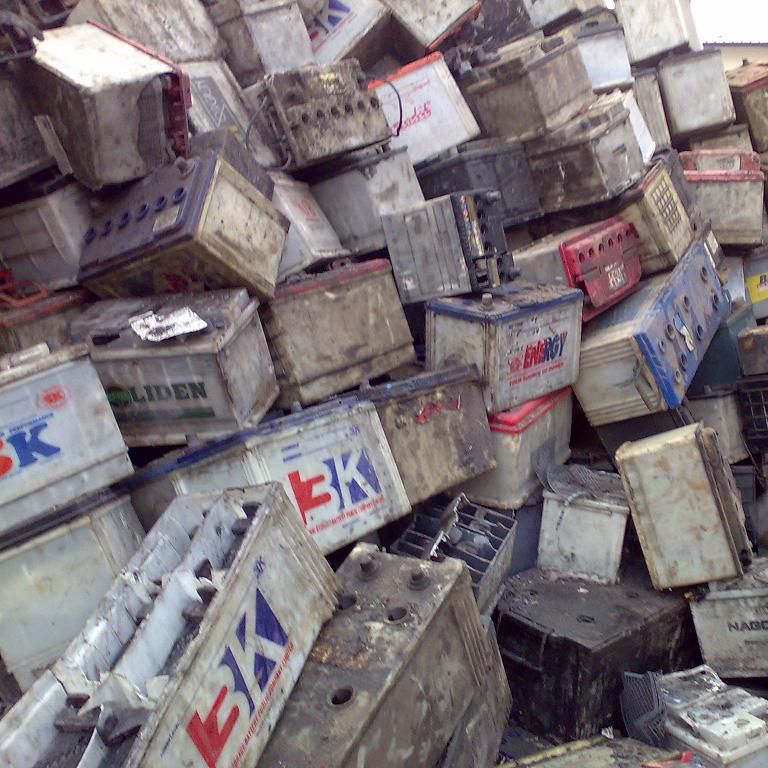
Drained Used Battery Scrap
Product Name: Drained Used Battery Scrap
Material Type: Spent batteries (various types, primarily lead-acid and rechargeable batteries)
Form: Used batteries, generally drained of charge but still containing residual materials.
Origin: Germany
Lead Content: Typically high, especially from lead-acid batteries (approx. 60-70% of the material is lead)
Nickel & Cobalt Content: Varies depending on the type of battery, but often present in rechargeable battery scraps
Battery Type: Lead-acid, nickel-cadmium, lithium-ion, and other types (type of battery scrap may vary)
Moisture Content: Less than 1% (dry and safe for recycling)
Packaging: Can be supplied in bulk or packaged in containers/drums depending on customer needs and regulations
Impurities: Minimal, as the batteries are drained of charge and carefully sorted
Recyclability: 100% recyclable; metals and materials recovered can be reused in various industries
Storage and Handling: Must be stored in a cool, dry place to prevent leakage or contamination
Environmental Compliance: Adheres to Germany's strict environmental standards, including regulations regarding the safe handling and recycling of hazardous materials
Certification: Compliant with international recycling and waste management regulations (including WEEE and RoHS)
Description
Drained Used Battery Scrap consists of spent batteries that have been fully discharged and are no longer in use. These batteries may come from a variety of sources such as automotive, industrial, and consumer devices. After the battery has been drained of its remaining charge, it is processed for recycling, where valuable materials such as lead, copper, nickel, and other metals are extracted for reuse. The Drained Used Battery Scrap sourced from Germany follows rigorous environmental regulations to ensure safe disposal and maximum recovery of reusable materials. This type of scrap is mainly used for its metal content, which can be recycled into new products.
Application:
Drained Used Battery Scrap is utilized primarily for the extraction of valuable metals, and it serves several key industries:
- Battery Recycling: Recycled into new batteries, including lead-acid and other types of rechargeable batteries, by extracting key materials like lead, cadmium, and nickel.
- Metal Recovery: Provides a source of valuable metals like lead, nickel, cobalt, and copper, which can be reused in manufacturing and industrial processes.
- Environmental Protection: Recycling reduces the need for virgin materials, which lowers environmental impact by conserving natural resources and reducing hazardous waste.
- Energy Storage: The recovered metals can be repurposed into new battery storage systems for use in energy storage solutions.
- Construction and Manufacturing: Extracted lead and other materials are used in various industrial applications such as construction materials, soldering, and electronics.
